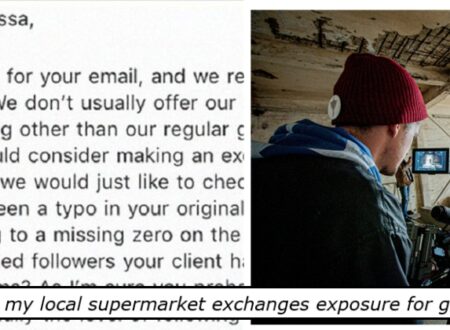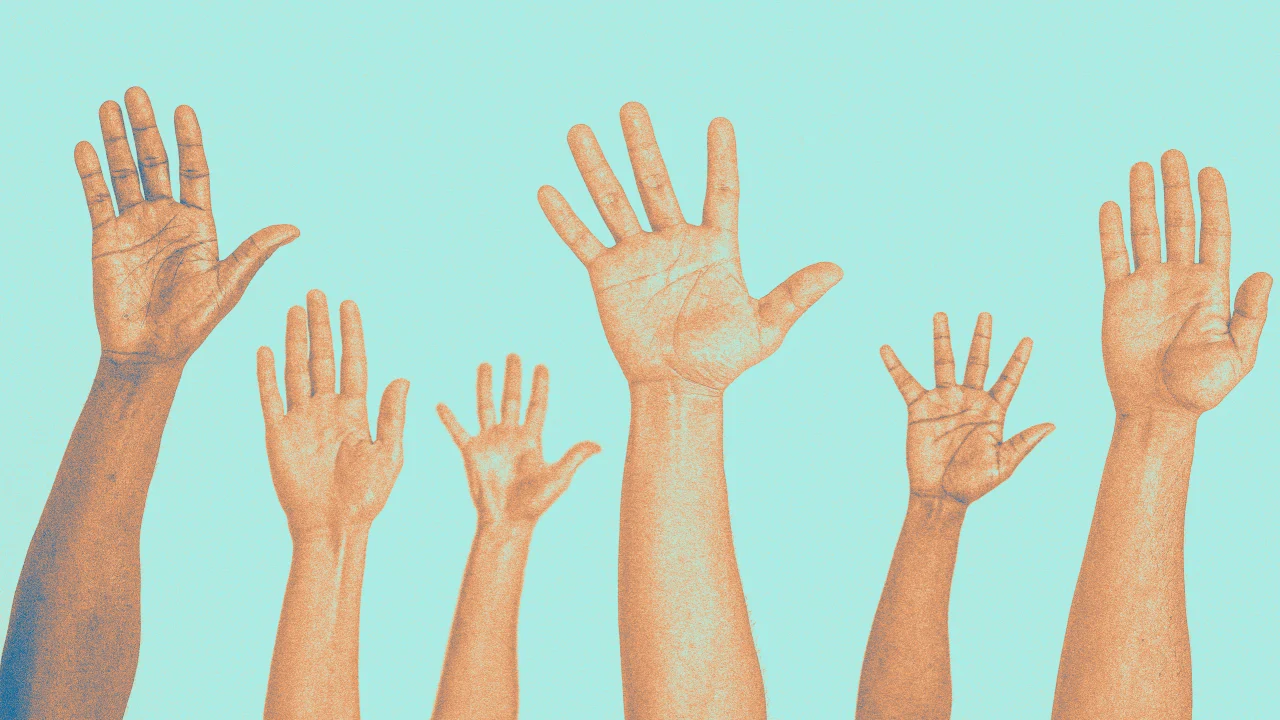The fellowship offering job-hunting grads an AI training lifeline

In early March, Volkan Çinar, a chemistry postdoc at MIT, received an email recruiting him to train AI models. Çinar studies carbon-carbon bonds formation in graphene. Given the stiff competition for jobs in academia, Çinar was no longer sure if his dream of working in academia made sense. So he was receptive to the email’s pitch.
The email came from Handshake, the job search platform which connects 18 million students from 1,600 higher ed institutions to career opportunities, introducing its new MOVE (Model Validation Expert) Fellowship. The new program gives Handshake an entrée into the high end of AI model training, the hot sector that’s seen Meta acquire a 49% stake in Scale for more than $14 billion and Surge bootstrap itself to $1 billion in revenue. For talent like Çinar, MOVE offers better money than teaching and comes with AI training. “I’d never considered working in AI,” Çinar says. “But given that I’m exploring other positions, I thought I’d give it a try,” even if it meant the risk of paving the road for AI models to take over his field.
Paid subscribers will learn:
- What to expect from the program
- The Fellowship’s acceptance rate and pay range
- How to make yourself competitive for an AI gig
A better way to source expert talent for AI labs
Handshake, which started in 2014 and is valued at $3.5 billion according to PitchBook, saw an opportunity to expand into AI training last year.
Founder Garret Lord said he came up with the idea after talking to a researcher from an AI lab. At the time Handshake had already been approached by major AI labs directly and middlemen to source experts to train AI models. “Many of the PhDs and master’s students were saying they were frustrated by the experience as related to getting trained effectively and not getting paid on time,” Lord said on the Kleiner Perkins Grit podcast. Lord realized he was sitting on a major asset: a huge talent network.
So Handshake created MOVE, which launched on June 10.
“We wanted to make sure that as the world of work continues to evolve into more of an AI economy,” says Christine Cruzvergara, chief education strategy officer at Handshake, “that we were doing everything we can to equip our students with the skills and the experiences that they might need to be really competitive in that job market.”
The MOVE fellowship pairs graduate students and postdocs like Çinar with short-term gigs of about 10 to 20 hours a week with generative AI labs. Fellows go through Handshake’s training program, which takes approximately two to five hours, though some projects may require more training. Fellows learn about how large language models work, as well as how to create good prompts. Depending on their level of expertise they can earn between $40 and $130 an hour.
Fellows are under strict NDAs when it comes to discussing their actual work, but Rachel Mitchell, a doctoral candidate in education at University of Miami described the general workflow.
Mitchell works in “pods” with other experts to develop prompts or scenarios for the AI models to chew on. After running the prompt through the AI model the pod determines which parts the model successfully answered and which parts it didn’t. The pod will discuss what went wrong, and rewrite the prompt and run it again to make sure that the result wasn’t created because of an unclear prompt. The feedback goes to the AI lab which then uses it to train and improve the model.
“I want to make sure that we’re actually developing the knowledge of the AI and testing its limits,” says Mitchell, “and that it’s not failing due to human error.”
Unlike data labeling company Surge, which uses an algorithm to match experts to projects, Handshake uses human review. Fellows are matched to the projects based on their résumés, interviews, and the training they do at Handshake. An expert will help evaluate applicants for domain knowledge. The expert typically also ends up as the project lead and can provide feedback on the fellows’ work as well.
Today, the MOVE program has more than 1,000 fellows and works with alumni from any university in America.
Democratizing access to information
Neither Mitchell nor Çinar feel as if they are cannibalizing jobs in their industry. “AI, at its best, is a thought partner,” says Mitchell, who hopes to become a professor. “My contribution is helping develop a tool that’s reliable enough that someone who is skilled or has some background knowledge can use it effectively.”
Mitchell sees generative AI as an essential link for helping disseminate her work to the people who will apply it in classroom settings and don’t have the time or resources to do a literature search.
She points out teachers are overworked and burnt out, and many may be trying to lighten the load by using AI to generate their lesson plans. However, AI often produces flawed results, generating a recommendation with vague learning objectives instead of specific goals that can be measured in students. But if generative AI draws from the latest research on best practices in education, it could generate useful plans that teachers can use.
Similarly, Çinar says that in his field, researchers conduct literature searches to make sure the techniques they are testing are research backed. Wading through scientific journals can be arduous, and using AI to help can slice down the work.
Çinar doesn’t know what his next step will be: research or industry. What he is sure of is that it’ll probably ask for AI expertise. He hopes his time spent writing prompts and navigating AI models will help him compete in the job market.
He also noted that the program has come with other side benefits. First, he’s getting to meet and network with other experts and learn from them. Second, he gets to learn how to operate in a corporate setting. “Handling these projects, delivering them on time, and doing quality work as a whole package,” he says, “I think will be very valuable for any job I end up at.”
A lifeline in the entry-level job drought
In a world where AI skills are in high demand, Handshake offers an attractive prospect: getting paid to get hands-on AI experience writing prompts in your field. According to a Brookings Institute report, job postings asking for AI skills have grown from roughly 3,000 in 2010 to over 80,000 this year. Meanwhile, companies like Duolingo and Shopify are mandating that employees use AI on the job.
However, 63% of Americans have never used AI at work, and only 24% reported receiving AI training according to an October 2024 survey from Pew.
Emory University sees the MOVE fellowship as an opportunity to equip students for the AI future. Branden Grimmett, associate dean of Emory College and vice provost of career and professional development at Emory University, said the school immediately signed on after a presentation from Handshake in March. In particular, Grimmett and his colleagues appreciated how the fellowship offers training to students in the humanities.
Since launching nearly a month ago, 110 Emory students have applied to join the program, which Grimmett says is a high level of interest compared with other job and training offerings. Handshake says approximately 25% of applicants are accepted into the program, even though the program is still so young as of yet no one has reported being able to parlay their MOVE experience into a job.
No generalists, experts only
Handshake says applicants who want to stand out should be very clear on their subject-matter expertise. “Reference advanced research publications, patents, or teaching that demonstrates your knowledge,” Cruzvegara notes. She also points out it’s important to highlight problem-solving and critical thinking skills and experience with designing assessments and rubrics, or tasks that require deep reasoning. In addition, since fellows work in pods together, demonstrating a history of collaboration such as working in research groups or interdisciplinary environments is crucial. Handshake looks for applicants who combine domain expertise with the desire and intellectual acumen to challenge AI models.
Lord envisions a future where MOVE directly leads to a job, where fellows have badges on their profiles and there are leaderboards by school. Going forward, Handshake is considering opening the program to young professionals.
Cruzvegara points out that AI is here and the choices are to resist and get left behind or figure out how to adapt. “I don’t believe that AI alone is going to take your job, but I do think that people who know AI certainly will,” Cruzvegara says. “We’re doing our best to make sure that as much of the early talent population as possible is actually exposed to and aware of how they can be using AI in their future roles.”
What's Your Reaction?
 Like
0
Like
0
 Dislike
0
Dislike
0
 Love
0
Love
0
 Funny
0
Funny
0
 Angry
0
Angry
0
 Sad
0
Sad
0
 Wow
0
Wow
0

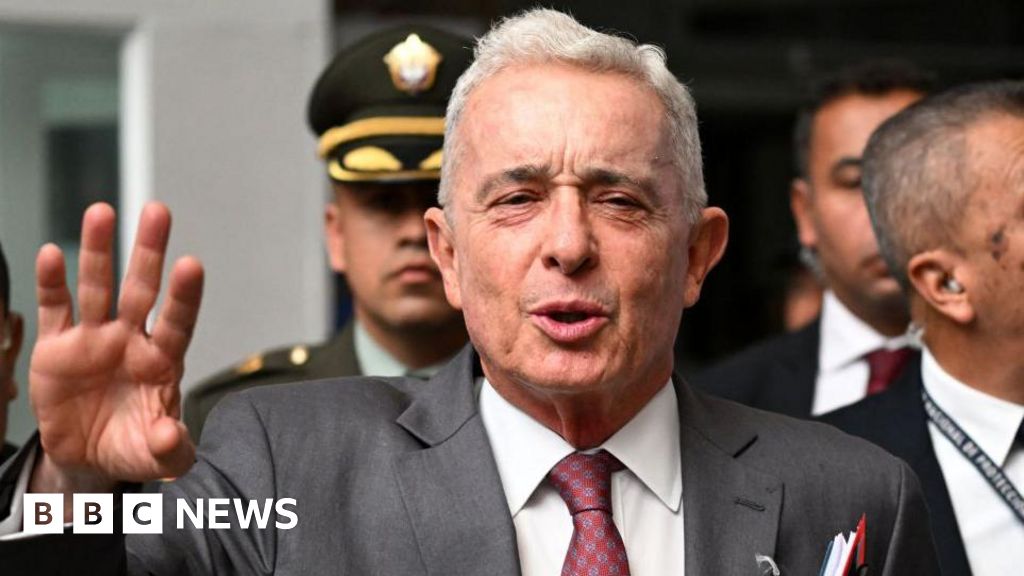


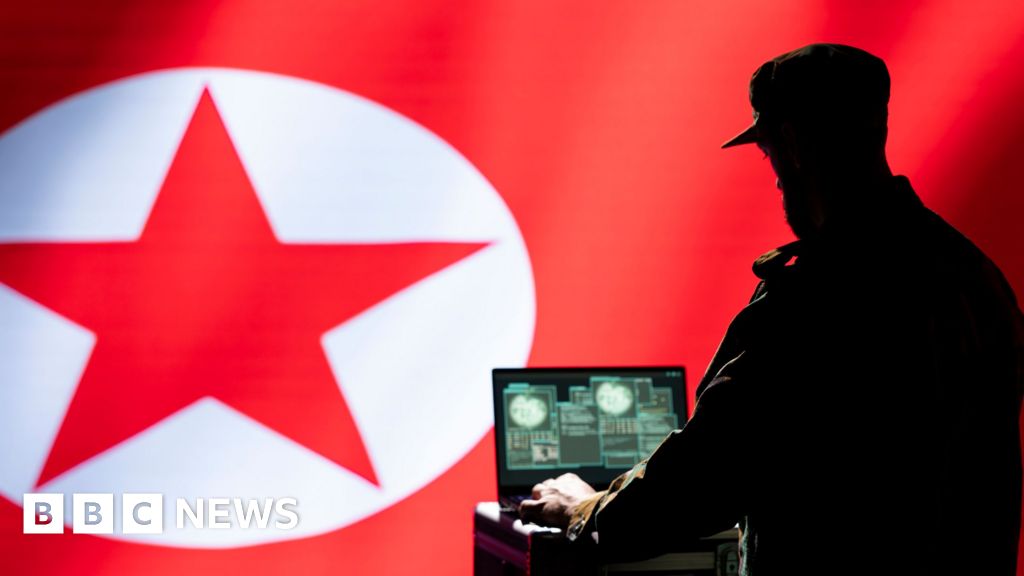
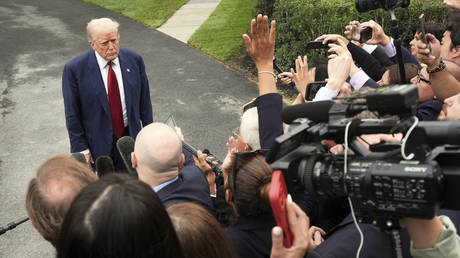







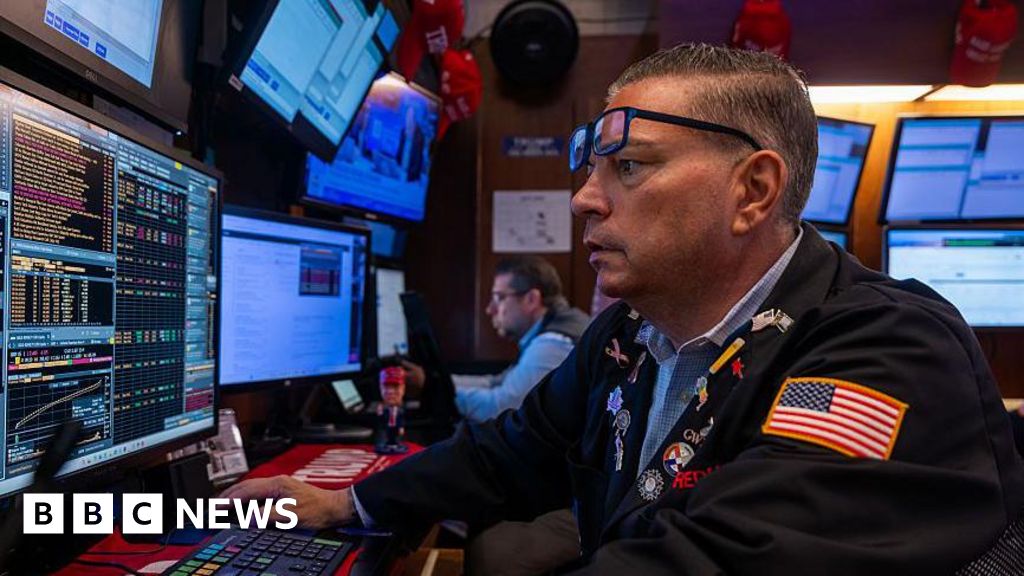






































![MYLLO’s “Burned” captures the dark side of toxic love and heartbreak [Music Video]](https://earmilk.com/wp-content/uploads/2025/07/MYLLO-800x379.jpg)









